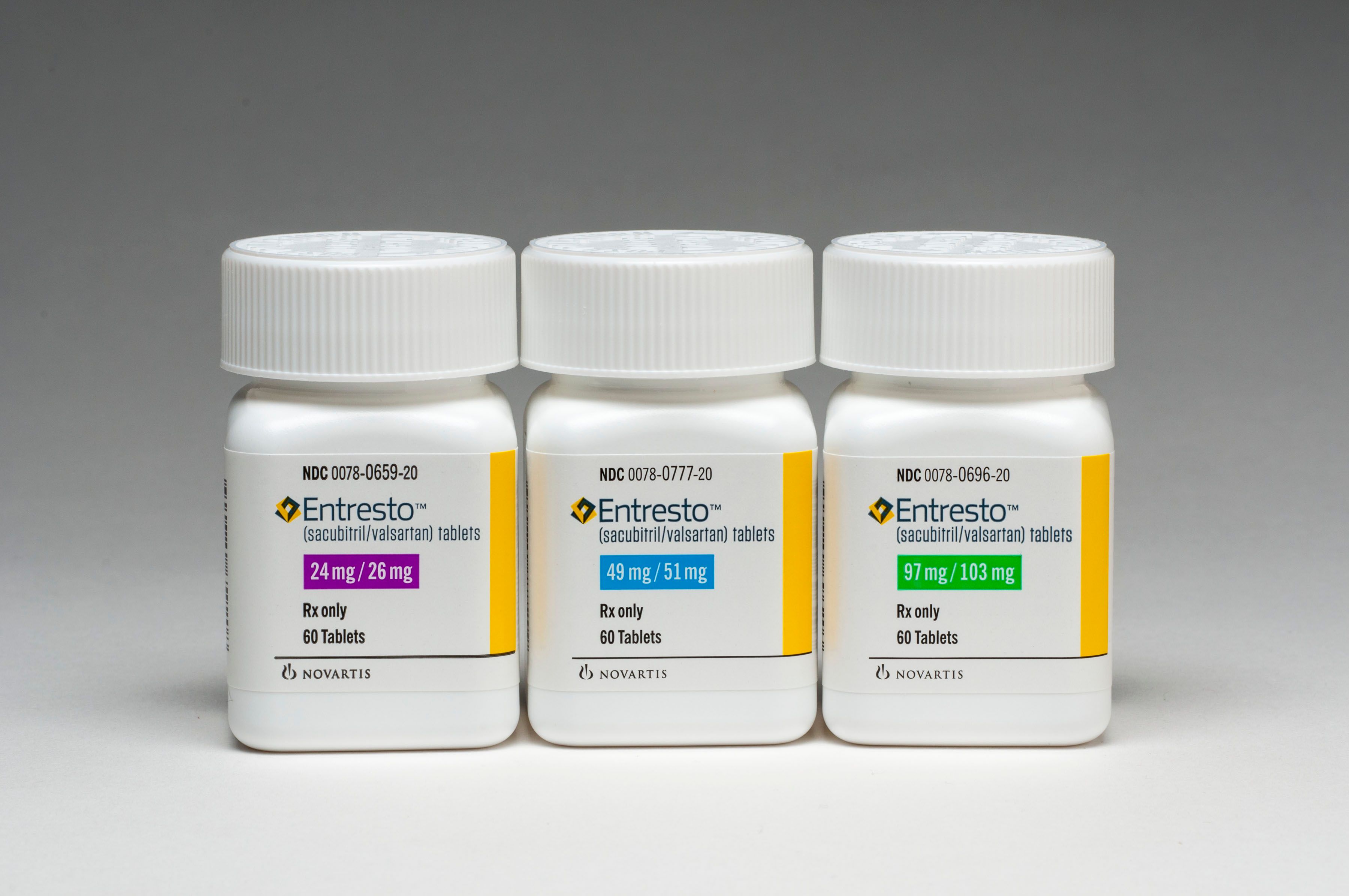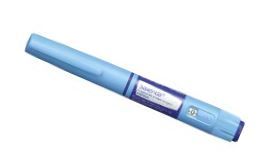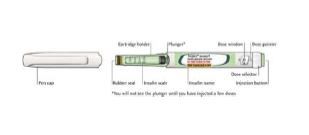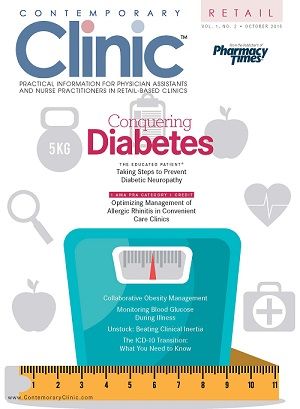Product Updates: Rx Products

ENTRESTO
Marketed by: Novartis Pharmaceuticals Corporation
Indication: This combination of sacubitril and valsartan reduces the risk of cardiovascular death and hospitalization for heart failure in patients with chronic heart failure (NYHA Class II-IV) and reduced ejection fraction. It is usually administered in conjunction with other heart failure therapies, in place of an angiotensin-converting enzyme (ACE) inhibitor or other angiotensin II receptor blocker (ARB). The drug is not recommended for use in patients with histories of angioedema related to previous ACE inhibitor or ARB therapy or in those using aliskiren to treat diabetes.
Dosage Form:Tablets: 24 mg/26 mg, 49 mg/51 mg, and 97 mg/103 mg
For More Information:www.pharma.us.novartis.com

SAXENDA
Marketed by: Novo Nordisk
Indication: The FDA has approved Saxenda (liraglutide [rDNA origin] injection), a glucagon-like peptide-1 receptor agonist indicated as an adjunct to a reduced-calorie diet and increased physical activity for chronic weight management in adult patients. The prescribing information includes a black box warning for risk of thyroid c-cell tumors. The recommended dose of Saxenda is 3 mg daily, administered at any time of day without regard to meals.
Dosage Form:Solution for subcutaneous injection: prefilled, multidose pen that delivers doses of 0.6, 1.2, 1.8, 2.4, or 3 mg (6 mg/mL, 3 mL)
For More Information:www.saxenda.com

TOUJEO
Marketed by: Sanofi -aventis
Indication: The FDA has approved Toujeo (insulin glargine [rDNA origin] injection, 300U/mL) to improve glycemic control in patients with either type 1 or type 2 diabetes. Toujeo is 3 times more concentrated than traditional insulin glargine. As with any insulin, hypoglycemia is a potential adverse event.
Dosage form:Toujeo is only available in prefi lled SoloStar pens that deliver 1 to 80 units of insulin per subcutaneous injection. Each 1.5-mL pen contains a total of 450 units of insulin. Dosing is individualized based on clinical response.
For More Information:www.toujeo.com

Knock Out Aches and Pains From Cold
October 30th 2019The symptoms associated with colds, most commonly congestion, coughing, sneezing, and sore throats, are the body's response when a virus exerts its effects on the immune system. Cold symptoms peak at about 1 to 2 days and last 7 to 10 days but can last up to 3 weeks.
COPD: Should a Clinician Treat or Refer?
October 27th 2019The Global Initiative for Chronic Obstructive Lung Disease (GOLD) defines the condition as follows: “COPD is a common, preventable, and treatable disease that is characterized by persistent respiratory symptoms and airflow limitation that is due to airway and/or alveolar abnormalities usually caused by significant exposure to noxious particles or gases.â€
Diabetic Ketoacidosis Is Preventable With Proper Treatment
October 24th 2019Cancer, diabetes, and heart disease account for a large portion of the $3.3 trillion annual US health care expenditures. In fact, 90% of these expenditures are due to chronic conditions. About 23 million people in the United States have diabetes, 7 million have undiagnosed diabetes, and 83 million have prediabetes.
What Are the Latest Influenza Vaccine Recommendations?
October 21st 2019Clinicians should recommend routine yearly influenza vaccinations for everyone 6 months or older who has no contraindications for the 2019-2020 influenza season starting at the end of October, according to the Advisory Committee on Immunization Practices.
What Is the Best Way to Treat Pharyngitis?
October 18th 2019There are many different causes of throat discomfort, but patients commonly associate a sore throat with an infection and may think that they need antibiotics. This unfortunately leads to unnecessary antibiotic prescribing when clinicians do not apply evidence-based practice.
